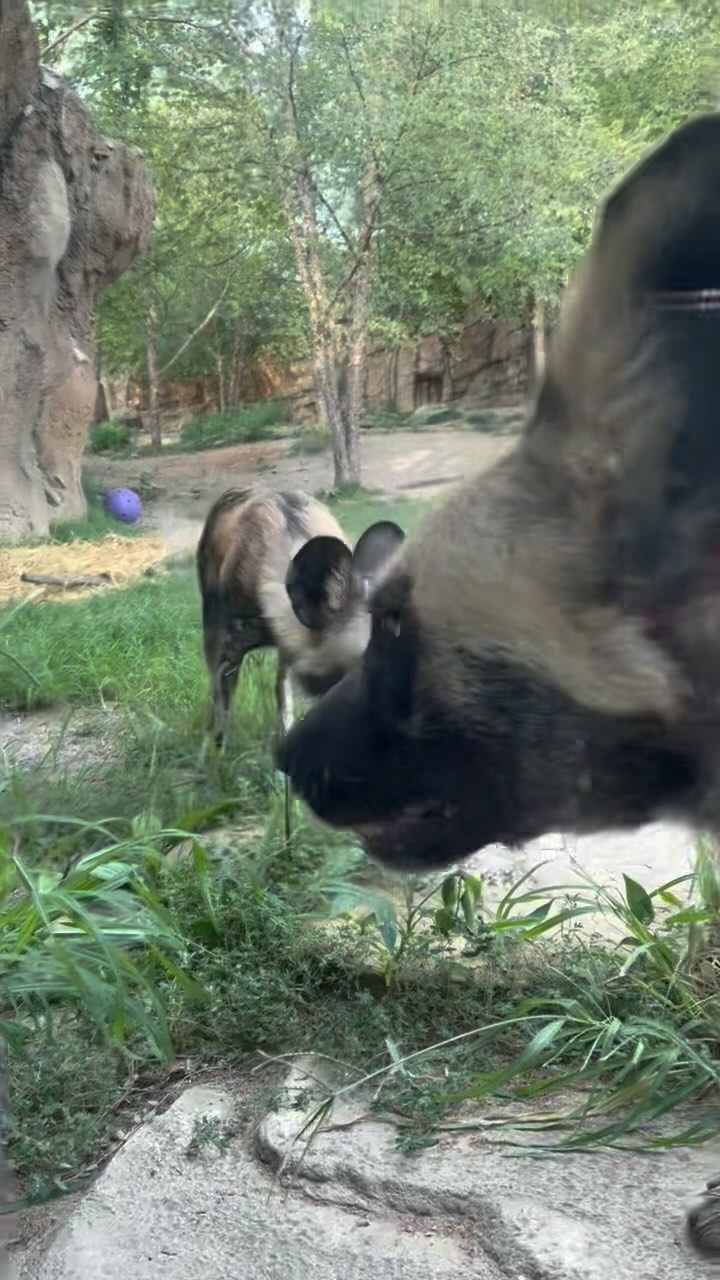- Significance of Happy World African Painted Dog Day
- Unique physical characteristics and behavior
- Conservation status and challenges
- Efforts and strategies in African Painted Dog conservation
- Role of public awareness and participation
Happy World African Painted Dog Day is celebrated to raise awareness and appreciation for one of Africa’s most endangered carnivores: the African painted dog. These remarkable creatures are known for their exceptionally vivid and varied coat patterns and their large, rounded ears. With fewer than 5,000 individuals left in the wild, African painted dogs are on the brink of extinction, making conservation efforts more crucial than ever.
Significance of Happy World African Painted Dog Day
Happy World African Painted Dog Day is not just a celebration, but a vital call to action. It aims to spotlight the dire situation of African painted dogs and to encourage global participation in their conservation. This day serves to educate the public on the struggles these animals face, such as habitat loss, disease, and human-wildlife conflict. By dedicating a day to African painted dogs, conservationists hope to foster a deeper understanding and commitment to saving this extraordinary species.
Unique Physical Characteristics and Behavior
African painted dogs, sometimes referred to as African wild dogs, have a distinctive appearance that sets them apart from other canids. Each dog boasts a different coat pattern, which acts like a fingerprint, helping researchers identify and monitor individual dogs. Their fur, typically featuring a blend of black, brown, white, and yellow hues, provides excellent camouflage in their native landscapes.
Their ears, large and rounded, are not just for show. These adaptations are vital for their survival, aiding in thermoregulation and acute hearing. This allows them to communicate effectively over long distances, essential for coordinating group hunts.
The social structure of African painted dogs is highly developed and cooperative. They live in packs, led by a dominant breeding pair, and utilize teamwork to hunt prey. These packs are incredibly close-knit, and dogs display strong bonds through behaviors like grooming and food sharing. Such social cohesion is critical for their success as hunters and for raising their young.
Conservation Status and Challenges
The African painted dog is listed as endangered by the International Union for Conservation of Nature (IUCN). Factors contributing to their decline include habitat fragmentation, conflict with humans, and susceptibility to diseases such as rabies and distemper, often transmitted from domestic dogs.
Habitat loss due to expanding human settlements and agriculture significantly reduces the available range for painted dogs. This fragmentation can isolate populations, limiting genetic diversity and increasing inbreeding risks. Furthermore, roads and other infrastructure pose threats by increasing the likelihood of vehicle collisions.
Human-wildlife conflict is another significant issue. Painted dogs often prey on livestock, leading to retaliatory killings by farmers. Combined with poaching and unintended snares meant for other animals, this has drastically reduced their numbers in the wild.
Efforts and Strategies in African Painted Dog Conservation
Various strategies are in place to combat these challenges and protect the African painted dog. Anti-poaching units are deployed in many wildlife reserves to detect and remove snares, preventing injuries and deaths. Vaccination programs for domestic dogs aim to curb the spread of infectious diseases to wild populations.
Habitat protection and restoration are critical. Conservation organizations work to secure and connect protected areas, providing a continuous habitat for painted dogs to roam and hunt. Creating corridors between fragmented landscapes helps maintain genetic diversity and allows for natural migration patterns.
Community involvement is another pillar of success. Programs aim to educate local communities about the importance of African painted dogs and offer compensation for livestock losses. These initiatives help reduce conflict and foster coexistence between humans and wildlife. Ecotourism also plays a role, providing economic incentives to conserve painted dogs and their habitats.
Role of Public Awareness and Participation
Public awareness and participation are crucial to the success of conservation initiatives. Happy World African Painted Dog Day is an opportunity to engage a global audience in the plight of these animals. Social media campaigns, educational programs, and events can disseminate information about the threats painted dogs face and how individuals can help.
Supporting conservation organizations through donations, volunteering, or participating in awareness campaigns are effective ways for the public to contribute. Advocacy and spreading the word about the importance of painted dogs can drive policy changes and increase funding for essential conservation programs.
Involvement at all levels, from local communities to international bodies, is necessary to safeguard the future of African painted dogs. By celebrating Happy World African Painted Dog Day, we can unify efforts and promote a shared responsibility to protect this extraordinary species from extinction.
*****
Source Description
Happy World African Painted Dog Day! African painted dogs each have their own unique coat pattern & big, rounded ears. They may be the most endangered carnivore in Africa, with less than 5,000 remaining in the wild. class=”instagram-media” data-instgrm-permalink=”https://www.instagram.com/reel/C_I5opquIpM/” data-instgrm-version=”14″ style=” background: border:0; border-radius:3px; box-shadow:0 0 1px 0 rgba(0,0,0,0.5),0 1px 10px 0 rgba(0,0,0,0.15); margin: 1px; max-width:540px; min-width:326px; padding:0; width:99.375%; width:-webkit-calc(100% – 2px); width:calc(100% – 2px);”>


